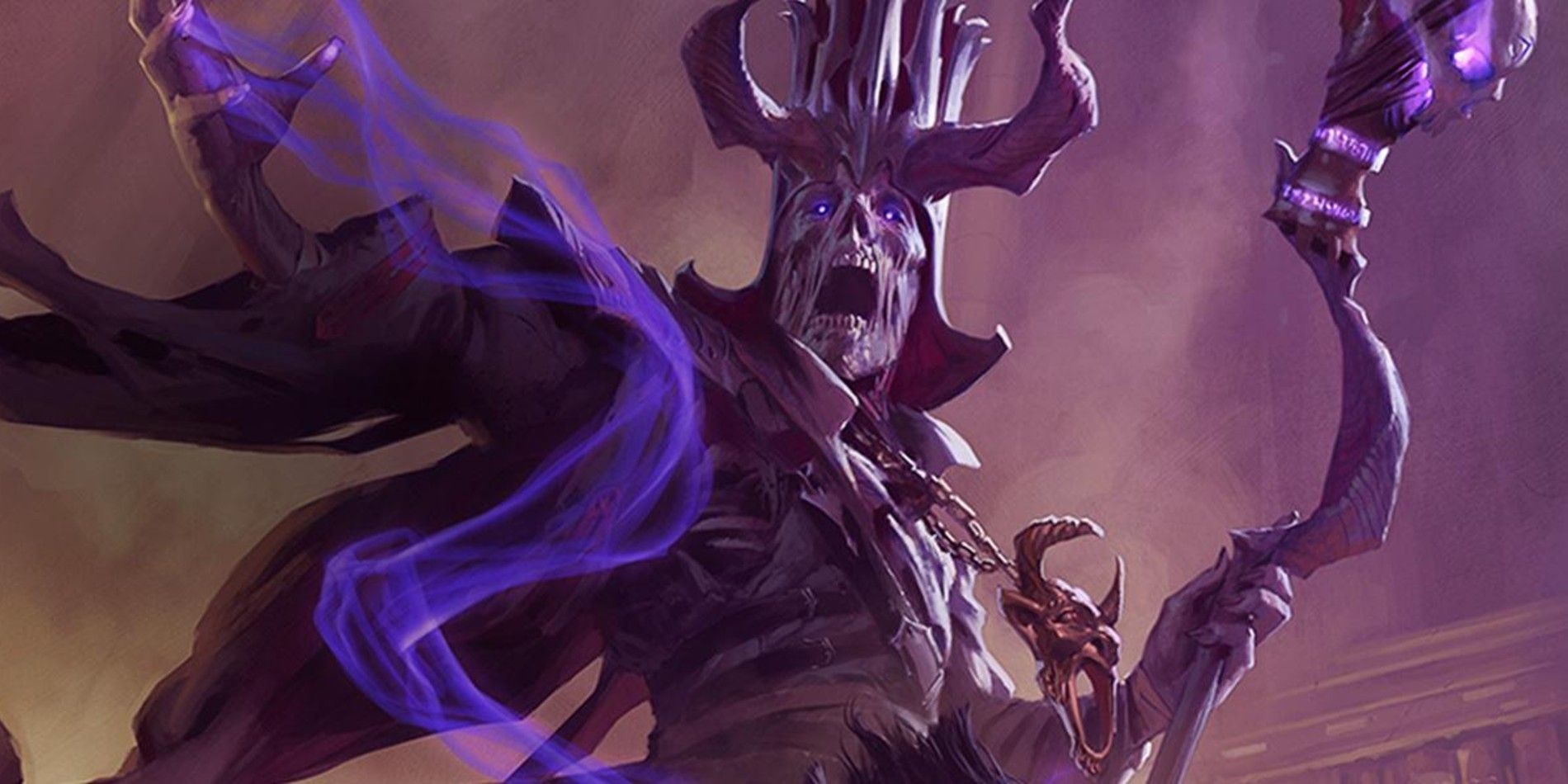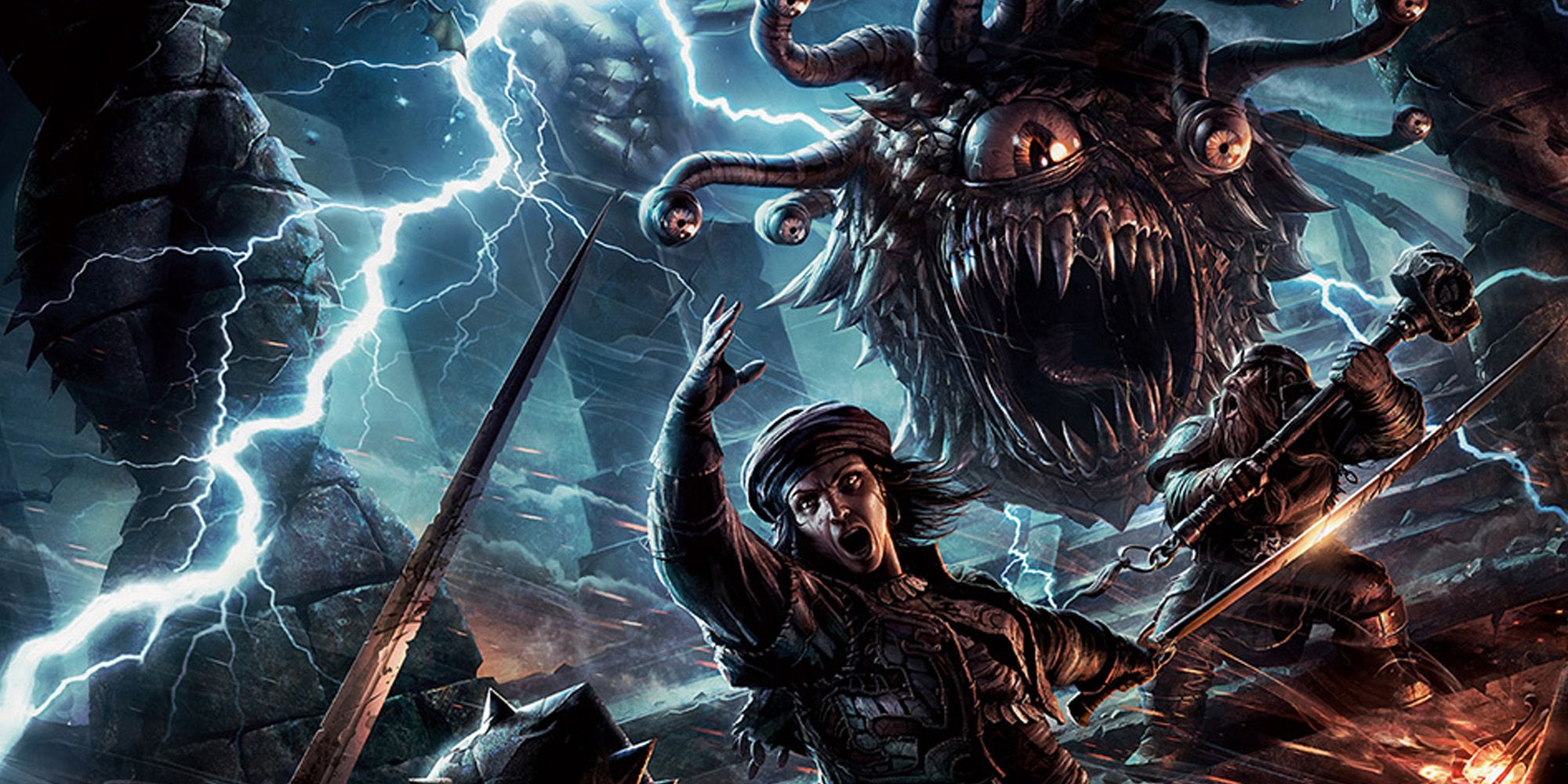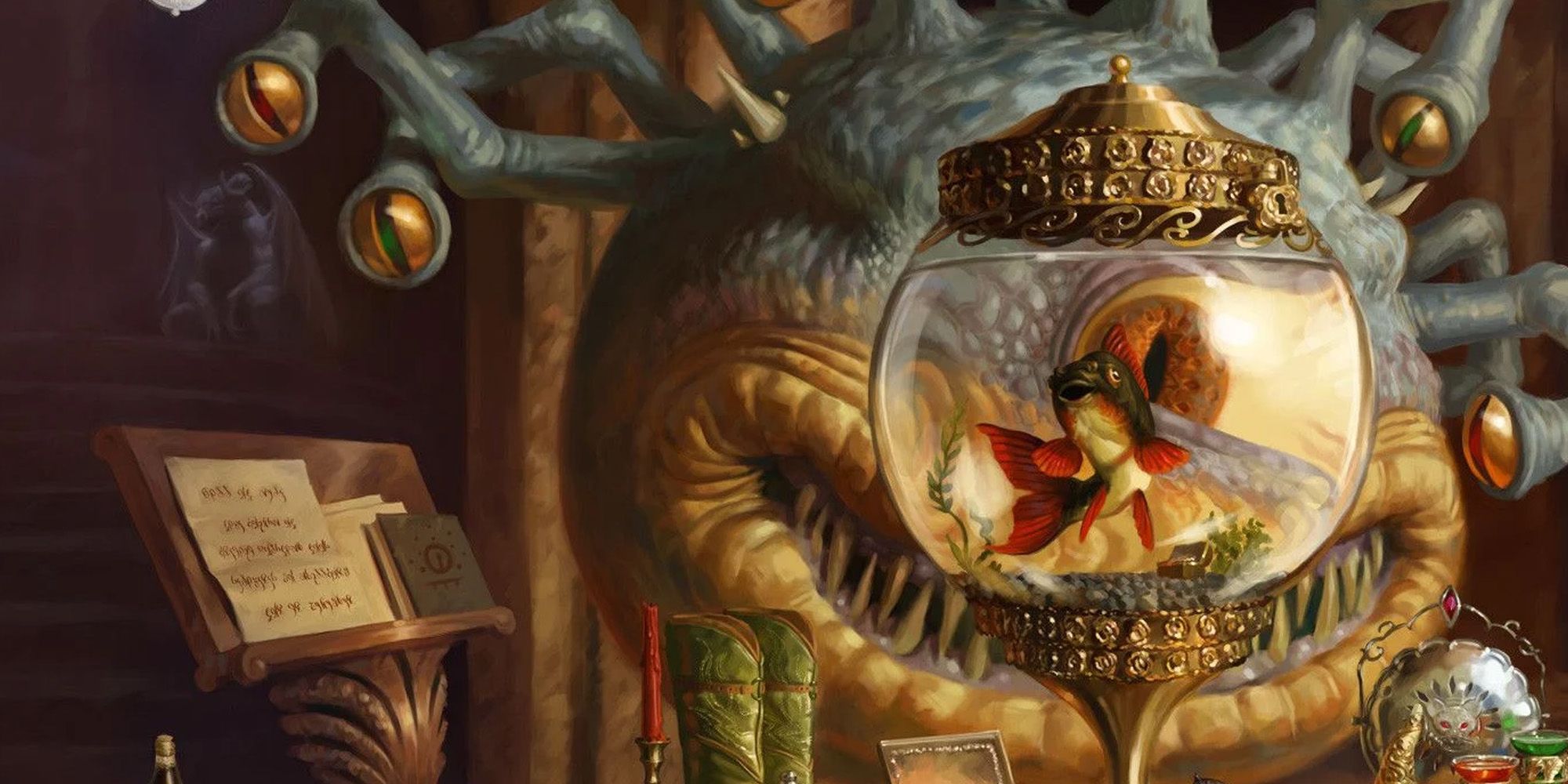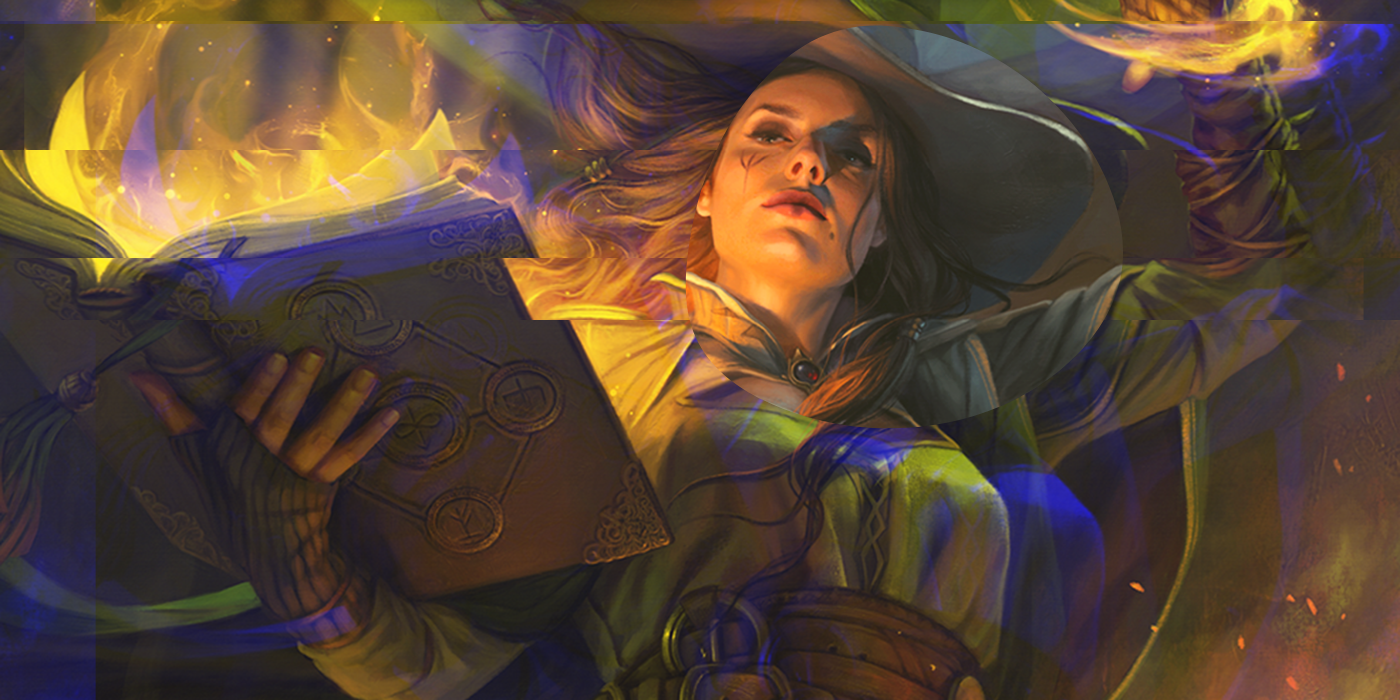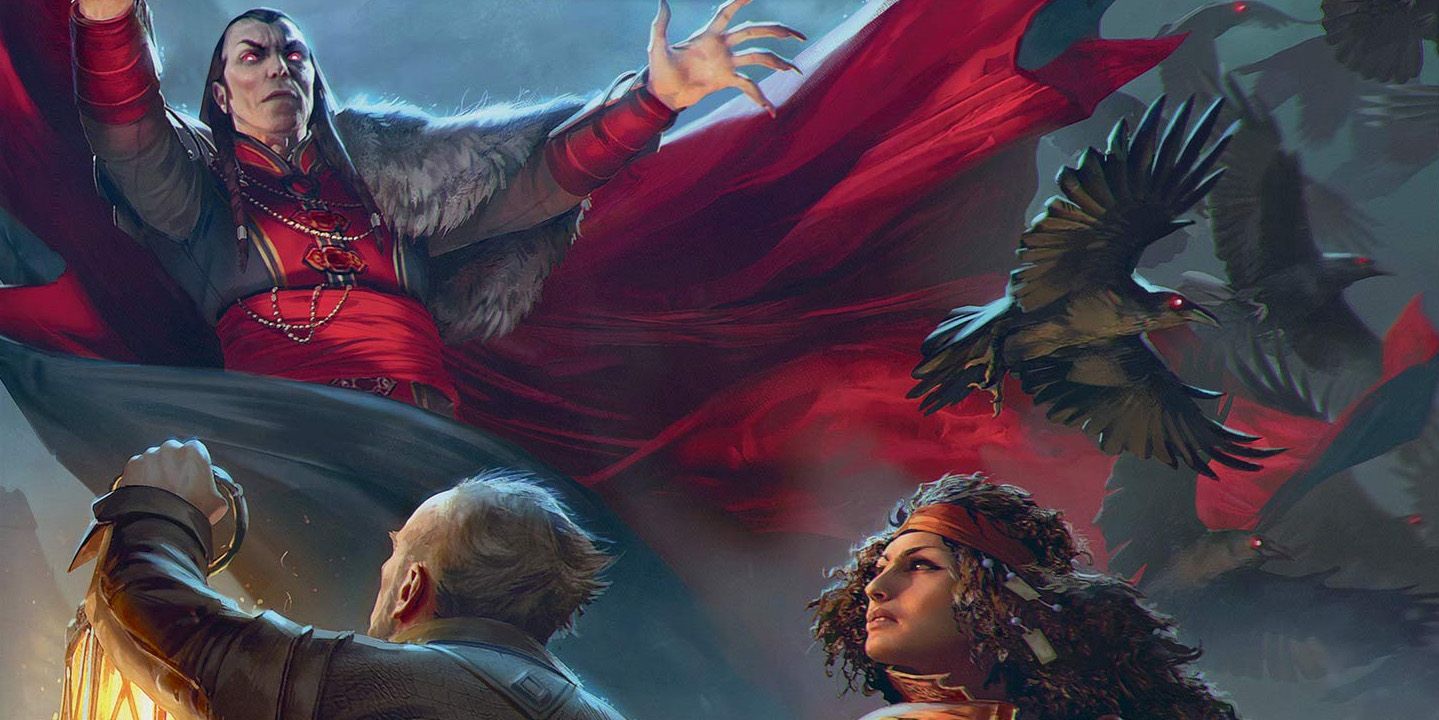Running a smooth Dungeons & Dragons game requires a healthy combination of patience, creativity and knowledge of the game's rules. Each time Wizards of the Coast releases a new edition, the rules change, sometimes so dramatically that Dungeon Masters need to relearn the game almost entirely. Fortunately, there are a number of excellent resources to help keep everything from monster stats and character class details to world settings and game rules straight.
Wizards of the Coast releases new guides and modules rather frequently, which means there is always something new to incorporate into the game. There are, however, a few essential books every DM should have access to. These books will be excellent resources that expand upon the Basic Rules and Player's Handbook, providing more content and clarifying rules for everyone at the table.
Dungeon Master's Guide
The Dungeon Master's Guide is, hands down, the most important tome in a DM's library. Not only does it offer valuable advice on how to run a game or campaign, but it also covers a lot of information about the various planes, gods, races and different levels and styles of fantasy. It covers all the essential information, including the rules, and offers important tables for items and treasure that come in handy in situations that require calculation or estimations on things like distance or damage.
It also teaches DMs how to create their own campaigns and stories. The Dungeon Master's Guide may not always be necessary, but it will be referenced more than any other book, so it's a good thing to always keep it on hand.
The Monster Manual
Another incredibly useful guide is The Monster Manual. Designed specifically for DMs, this book is a bestiary of dangerous creatures from sprites to dragons. Containing stat blocks for more than 300 creatures, the eight page introduction provides detailed instructions on how to use the stats to create combat encounters with location-specific creatures anywhere the party might find themselves.
While there are plenty of free resources online that provide descriptions, stat blocks and abilities for nearly every imaginable enemy that could be thrown at a party of adventurers, that doesn't mean The Monster Manual is useless. It's a great, informative book that provides lots of handy information any DM should have in their repertoire.
Xanathar's Guide to Everything
As its title suggests, Xanathar's Guide to Everything provides lot of new content, from new rules DMs can incorporate into their campaigns and more. Providing three new subclasses for each class, it offers players and DMs a change to expand their horizons during character creation.
One of the most useful aspects for DMs are the numerous tables the book offers to help mix up aspects of the game so encounters don't feel redundant or boring. Simply roll a d100 and check the table for a suggestion on how to provide enemies that are unexpected and exciting to fight. Tables even provide insight into things like character or villain backstory and motivation, spicing up the campaign in ways that keep the players and the DM invested.
Tasha's Cauldron of Everything
A lot goes into creating adventures, worlds and the people who populate them, and while that can seem daunting for fledgling DMs, guides like Tasha's Cauldron of Everything make some of that a bit easier. Because every D&D group is usually composed of people who enjoy different aspects of the game, it's important to provide different kinds of challenges and puzzles that promote teamwork and get everyone involved and invested.
The sidekick system also cuts the work in half for DMs who find themselves with an NPC the party regularly takes with them on adventures. Tasha's Cauldron provides helpful options for a DM facing a party who likes to negotiate with monsters rather than fight them, like providing motivations the party can appeal to if they can actually determine what those motivations are through skill checks like History or Arcana.
Van Richten's Guide to Ravenloft
D&D tends to take place primarily in fantasy realms, but the realm of Ravenloft adds chills and thrills to a campaign without replaying Curse of Strahd. Strahd can certainly become an enemy using the resources in Van Richten's Guide to Ravenloft, but this sourcebook was designed to offer DMs an opportunity to create both gothic and apocalyptic horror settings of their own. It provides templates for 17 Domains of Dread, as well as a toolkit to create unique Dread Domains and Dreadlords.
It also offers information on different ways to use magical effects, new subclasses that work well with the setting and stat blocks for Ravenloft-specific enemies. This tome provides ways to move beyond the typical gothic horror and into terrifying settings like a zombie apocalypse, which makes it the perfect resource to instill a little good old fashioned dread in players.


